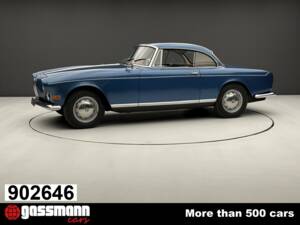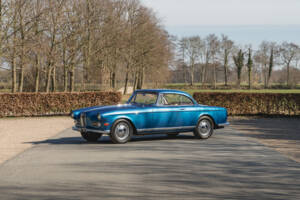BMW 503 Classic Cars for Sale
The BMW 503 marks a rare chapter in automotive history as an exclusive 1950s grand tourer, captivating with its combination of advanced engineering, elegant aluminium bodywork by Baur, and luxury appointments. Available as both coupé and cabriolet, with fewer than 415 units produced, the 503 today represents a unique offering for connoisseurs of sophisticated German craftsmanship.
Search results
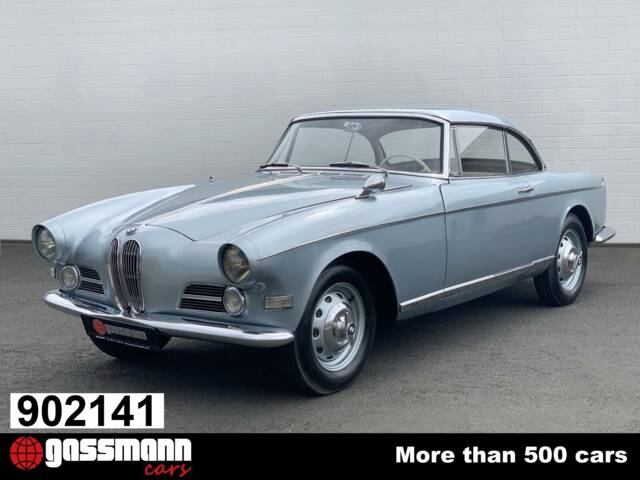
1956 | BMW 503
503 Coupe 1. Serie - mehrfach verfügbar!

1959 | BMW 503
503 2. Serie Coupe Ex Schweiz - mehrfach

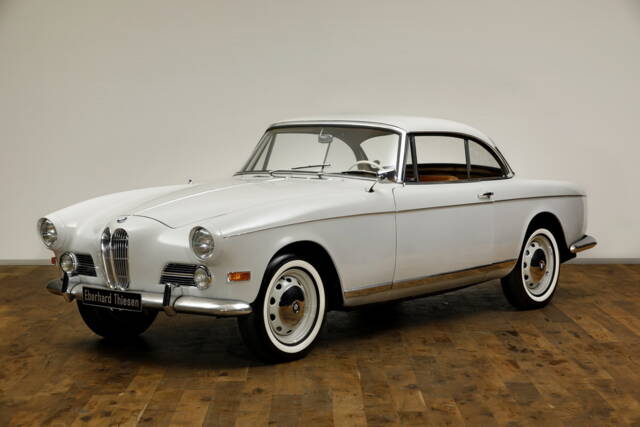
1959 | BMW 503
Coupé Series II
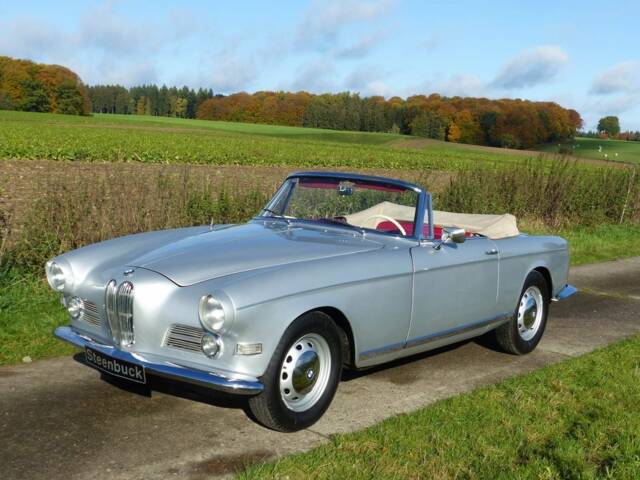
1956 | BMW 503
Exclusive convertible
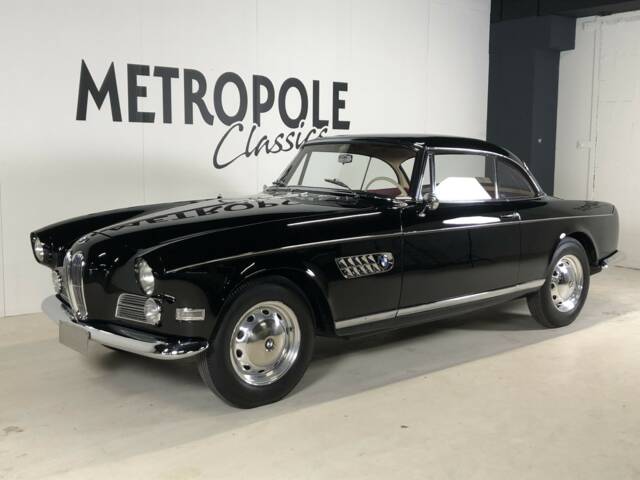
1956 | BMW 503
BMW 503 Coupe M0643
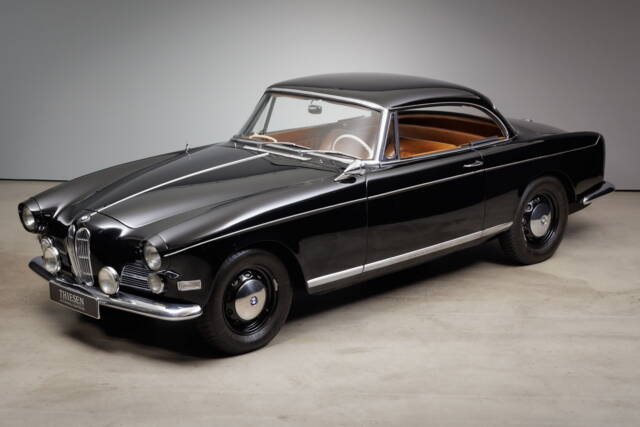
1958 | BMW 503
503 Coupé Serie II
History and Origins of BMW 503
The BMW 503 emerged in mid-1950s Germany as an answer to the demand for a luxury sports tourer. Conceived by sales chief Hanns Grewenig and penned by designer Albrecht Graf von Goertz, the 503 took elements from the BMW 502 sedan, integrating its V8 engine into a slick, lightweight aluminium-bodied 2+2. Previewed at the 1955 IAA in Frankfurt in both coupé and cabriolet forms, the car immediately stood out for its progressive design and technology, including the first electrohydraulic fabric roof in a European convertible. While appearances at shows across Europe earned accolades and gold medals, financial realities hindered mass adoption. High manufacturing costs and a launch price of 29,500–32,950 DM meant that only affluent buyers such as industrialists and celebrities could afford it. Despite its engineering prowess and luxury, sales lagged, and production ended in March 1959 with only around 413 built. BMW suffered significant losses, but the 503 left a mark as the first postwar coupé in the company's portfolio, its prestige now underscored by rarity and craftsmanship.
Model History of the BMW 503
The genesis of the 503 rests on the underpinnings of the BMW 501/502 'Barockengel' sedans. Its chassis was developed as a tubular frame, utilising the robust 3.2-litre V8. Two series followed: the first featuring a column-shift gearbox and distinctive side trim, the second introducing floor-mounted gear shift and revised trim from late 1957 onwards. Both cabriolet and coupé were produced, with 273 coupés and 139 cabriolets assembled. Limited supply and rising prices restricted clientele to well-heeled enthusiasts. The BMW 503 bowed out in 1959, succeeded in 1962 by the more angular BMW 3200 CS. Today, it is recognised for its technical innovation during a period when Mercedes-Benz and the Jaguar XK defined luxury and sports car benchmarks.
Highlights of the BMW 503
The BMW 503 stands out with its hand-built aluminium body by Baur, electrically operated cabriolet roof (a first in Europe), and lavish interior specifying leather, full instrumentation, and optional Becker radios. The model featured an advanced 3.2-litre V8 producing 140 PS, ZF four-speed manual gearbox (column-shift or floor-mounted), and servo-assisted drum brakes—some with later conversions to disc brakes. Features such as electric windows and a comprehensive toolkit were rare for its era. The cabriolet variant is especially noted for its unique roof mechanism and luxurious specifications. The understated design and technical achievements were aimed at a discerning clientele seeking exclusivity over raw sporting image.
Technical Data
Special Editions and Collectible Variants
The BMW 503 was inherently rare, with only 413 built, divided into two series. Most notable for collectability are the Series 2 models (introduced in late 1957), which feature a floor-mounted gear lever instead of the earlier column shifter and revised side body trim. Some original cars were later upgraded with disc brakes for improved performance. Early cabriolets with the electrohydraulic roof or special-order leather interiors are especially sought after.
Weak Spots and Common Issues
Although no major chronic weak points are noted, the complexity of the 503's electrohydraulic cabriolet roof, extensive electrical systems, and servo-assisted drum brakes require skilled attention and can be expensive to repair if neglected. Aluminium bodywork is prone to corrosion if repairs are not executed with correct techniques, and spare parts—especially for the bespoke trim and interior features—can be challenging to obtain and may require custom fabrication.
Engine, Performance, Transmission and Handling
The BMW 503 delivers a refined grand touring experience, driven by a smooth, torque-rich 3.2-litre V8 that produces 140 PS and propels the car to over 190 km/h. The four-speed ZF manual provides solid engagement, with Series 2 models exhibiting improved shifting dynamics via a floor-mounted stick. Suspension combines independent front wheels for ride comfort with a rear rigid axle. While handling is predictable, the original drum brakes, despite servo assistance, are considered a weak spot by modern standards—owners of upgraded vehicles benefit from front disc conversions. • BMW 503 Typ Serie 1: Early models with column shift, distinctive for original trim and mechanical setup. • BMW 503 Typ Serie 2: Updated with floor shift and revised trim, more sought after according to recent market demand (58.6% of listing views).
Interior, Comfort, Exterior and Design
Albrecht Graf von Goertz, also responsible for the BMW 507, designed the 503's body with fluid, elegant lines in coupé and cabriolet forms. Special attention was paid to proportions, with a length of 4.75 metres and a restrained height for an imposing yet refined presence. The aluminium bodywork was shaped by Baur and finished with chrome accents, pronounced side sills, and detailed trim. Interior appointments included leather upholstery, reclining foam-padded seats, extensive gauges, a locking ignition/steering lock, and amenities such as electric windows, a premium radio (Becker), and day-trip odometer. Laminated windshields, toolkits, and optional accessories, like whitewall tyres, were offered. Unique colour and trim options, plus advanced features such as the first European electrohydraulic roof, defined the 503's luxury positioning.
Other Notable Features
The 503 set a precedent as one of the first postwar high-value coupés from BMW. All vehicles were left-hand drive, aimed at both domestic and export customers, though the model found limited traction in the US market. Notable owners include industrial magnates and film personalities, emphasizing its reputation among elite circles of the 1950s. Options such as Becker automatic radios, various leather and carpet choices, and distinct whitewall tyres further highlighted individuality in specifications.
Summary
The BMW 503 captures a unique era in BMW's history, blending progressive engineering, advanced luxury, and exclusive design in a limited-production grand tourer. With only 413 built between 1956 and 1959, split into two series featuring detailed mechanical and trim differences, the 503 remains a landmark of 1950s automotive achievement. Its aluminium body, refined V8, advanced features, and scarcity mark it as an essential focus for collectors appreciating technical authenticity and historic significance in classic German engineering.

